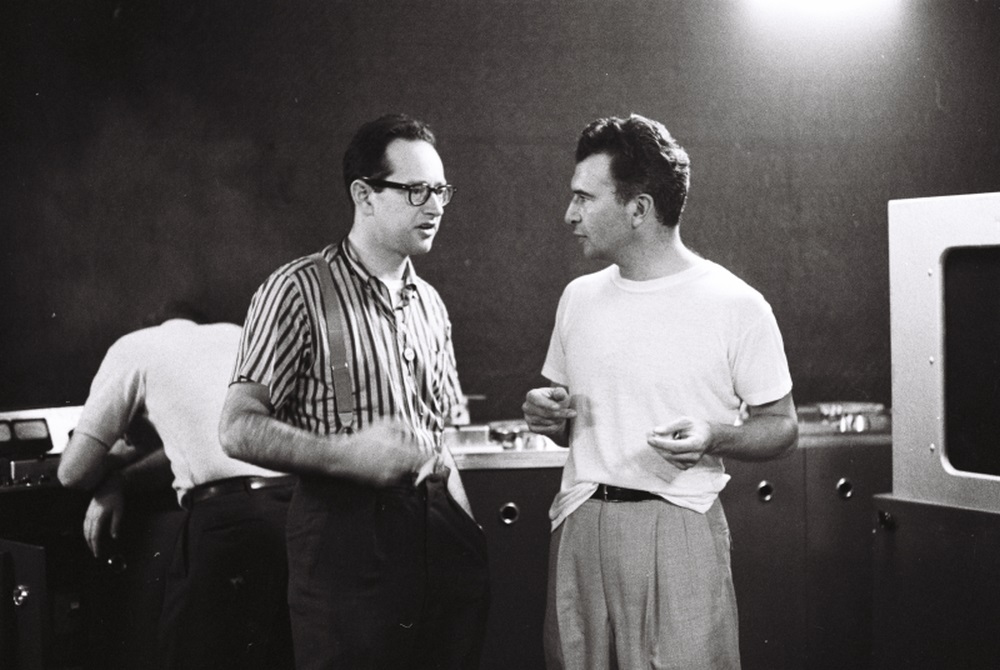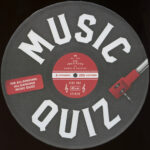Directly below are parts one and two of The Daily Music Break’s interview with Philip Clark about Dave Brubeck. In the post is an audio-only version of the interview. Below that is a tremendously enjoyable video of “Take Five,” Brubeck’s best known song. That’s followed by some album choices available at Amazon. Philip’s biography, “Dave Brubeck: A Life in Time” is available through Amazon, the Da Capo Press and, as the saying goes, fine bookstores everywhere. All photos courtesy of Philip Clark.
Much of the discussion surrounding Dave Brubeck involves the idea of time, though in different ways. This came through clearly in my conversation with Philip Clark, author of “Dave Brubeck: A Life in Time.” The seed obviously was planted in the book’s title and is prominence in its introduction (which can be read in the “Look Inside” feature).

Perhaps most significantly, Brubeck experimented with time signatures and rhythms. Philip offers an explanation in the first part of the video and in the book. It’s complex stuff not easily understood by somebody who is not a musician or, for that matter, not a mathematician. The most important point is not technical, however. It’s that Brubeck was able to integrate these advanced ideas and approaches while keeping the final pieces accessible and tuneful enough that he became a star.
The second way in which time plays a role is in Brubeck’s stability. For instance, the Brubeck’s marriage lasted 70 years (and his wife, Iola, was an important figure in his career). The Brubeck Philip describes is a family man, a suburbanite with a nice house in an affluent town in Connecticut. The vision is more of a guy riding a commuter train to his job as an accountant or actuary than somebody pushing the boundaries of jazz. This of course stands in opposition to the stereotype of musicians as highly creative and dramatic characters.
- Philip Clark on Dave Brubeck, Part 1 25:48
- Philip Clark on Dave Brubeck, Part 2 25:51
As great as Brubeck was, it’s impossible to argue he was more important than Duke Ellington. But it was Brubeck who got the cover. After all, it was a different time.
[su_box title=”Get Great Music, Support The Daily Music Break” style=”soft” box_color=”#fcfee4″ title_color=”#030728″ radius=”10″]If you shop for music or anything else at Amazon, please consider going their directly from one of the many Amazon links at this site. Doing so supports TDMB because we get a small percentage on anything you buy. The price you pay remains the same. Please consider it. It would be greatly appreciated.[/su_box]











Recent Comments